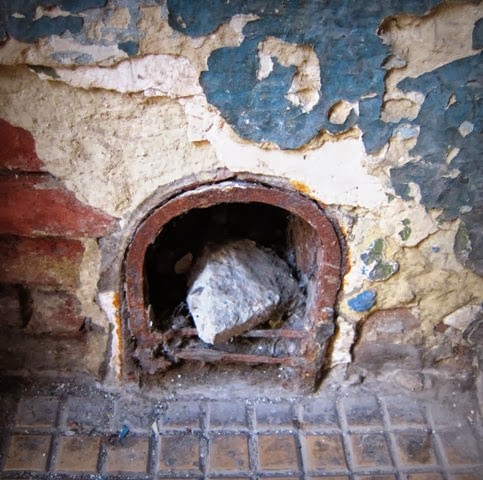I found some more interesting information about conscriptions numbers since I wrote my first post on them. From John D. Pihach's "Ukrainian Genealogy": "House numbers, also called house conscription numbers, had their origins with the Austrian imperial regime's need to know the names of all eligible men who could be drafted into the army when the need arose. A metal plaque with a number was attached to each house. With this number in the records of births, military officials could examine the transcripts in the bishop's office and calculate the age of everyone in a particular house." It is not uncommon in Przemysl to find two, three, or even four different number signs on one building (dating to different periods and regimes: Austrian, interwar Polish, Communist, modern). The reason is probably because unlike in Lviv, in Poland there was never a campaign to remove Polish inscriptions from the urban landscape. Thus old signs were generally kept, ...












